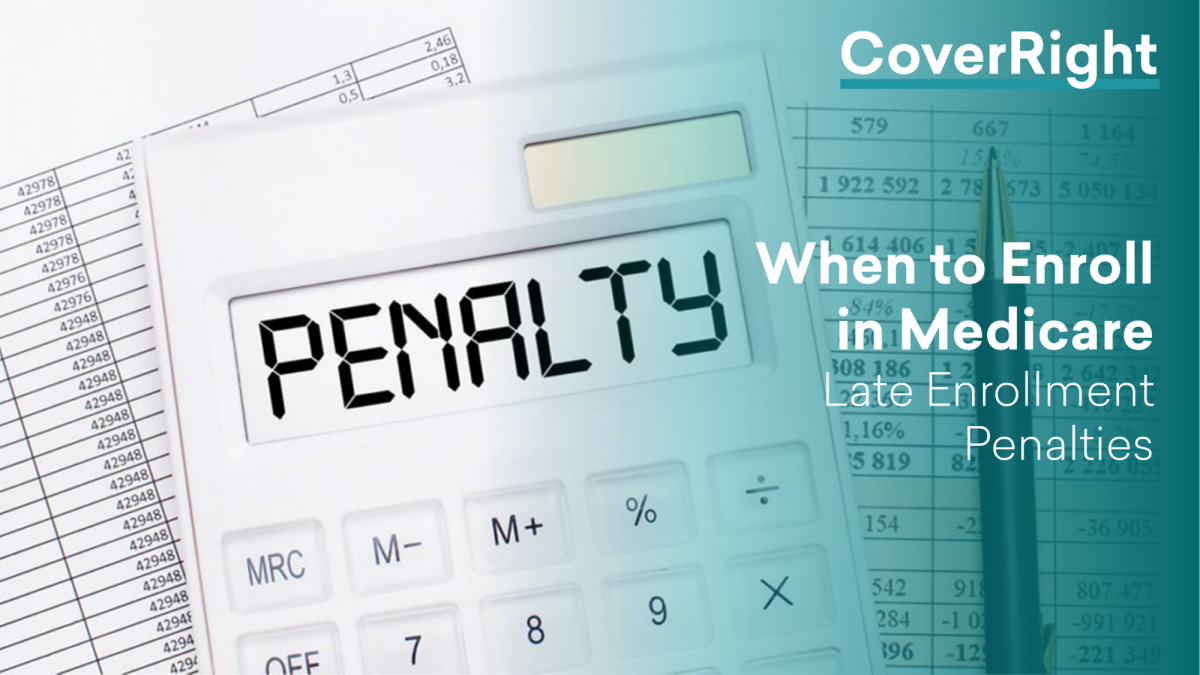What is Medicare Advantage (Part C)?
Let’s start with Medicare Advantage (or Part C) coverage. Medicare Advantage plans are an “all-in-one” private alternative to Original Medicare.
- These “bundled” plans include Part A, Part B, and usually Part D (drug coverage).
- Most Medicare Advantage plans also offer extra benefits beyond what Original Medicare covers. For example, the Kaiser Family Foundation notes 94% of plans include dental coverage, while 98% include vision coverage, and 95% include coverage for hearing.
Medicare Advantage plans are offered by private health insurance companies.
- When you enroll in a Medicare Advantage plan, you are making the active decision to have your Medicare Part A and B coverage delivered to you through the Medicare Advantage plan.
- In other words, you are choosing to take your Medicare with a private company that is contracted with the government to deliver your Medicare insurance and services, rather than directly from the government as you would under Original Medicare.
Medicare Advantage plans are now becoming very popular, with 2 out of 3 new Medicare beneficiaries enrolling in a Medicare Advantage plan every day.
Key features of Medicare Advantage (Part C)
All Medicare Advantage plans typically have a few common features.
Firstly, low or zero-dollar monthly premiums:
- 59% of Medicare Advantage plans will charge no premium – also known as $0 premium plans. This does not mean the Medicare Advantage plans are free. Regardless of if you choose to take your Medicare through Original Medicare or Medicare Advantage you are still required to pay your Part B premium, however, a $0 premium plan means you pay no additional premium on top of your Part B premium.
Secondly, they have doctor or provider networks:
- Most Medicare Advantage plans will have a network of doctors that you must use in order to receive coverage and utilize the plan benefits. These are most commonly known as HMO (or Health Maintenance Organization) Medicare Advantage plans.
- Some Medicare Advantage plans will cover out-of-network services. These plans are typically called PPO (or Preferred Provider Organization) plans. Under these plans, you can see out-of-network doctors and healthcare providers but costs will typically be higher than costs for in-network services.
Thirdly, all Medicare Advantage plans will have a list of deductibles, copays and coinsurances:
- These lists outline your out-of-pocket obligation when using different healthcare services giving you transparency and clarity upfront on the costs you will pay.
- For example, a plan may say that your out-of-pocket copay for seeing your primary care doctor is $0, while seeing a specialist is $25.
- Medicare Advantage plans are ‘pay-as-you-go’, meaning you only pay when you use services and you pay nothing if you do not use any healthcare services throughout the year.
Lastly, is Maximum Out-of-Pocket limits:
- All Medicare Advantage plans have a maximum annual out-of-pocket limit. Once this limit is reached, your plan will pay for 100% of all Medicare-covered services for the remainder of the year.
Other information
In addition, all Medicare Advantage plans must cover the same services that you would receive coverage for under Original Medicare Part A and B.
- 89% of Medicare Advantage plans also include prescription drug coverage (Part D) bundled in at no additional cost.
- There are also special types of Medicare Advantage plans for people who are dual-eligible for Medicare and Medicaid. These plans combine and co-ordinate your Medicare and Medicaid benefits for you.
If you are enrolled in a Medicare Advantage plan you typically have one opportunity to switch plans each year. In addition, Medicare Advantage plans must accept you if you are eligible for Medicare and cannot deny you coverage or ask questions about your health history before enrolling you.




















